Our journey on the South American continent came to its last stop – and a highlight for sure! Our time in Chile was prolonged from our original plan of 2-3 weeks due to shortage of available bonus flights 😉 and we were ended up spending 5 weeks. We did not regret it – and even spent 2 weeks in Argentina when travelling in Patagonia.
There are many blog posts on Patagonia and Chile and travelling in this area is a breeze concerning safety and getting around, so we will focus even more on our impressions and a few concrete tips on what to do. Here are some discoveries and experiences to share with and recommend to you:
- Come prepared for a “real” adventure like trekking on your own rather than (only) visiting “theme park” Torres del Paine or walking along the much-trodden, well-signed day hikes in El Chaltén
- Take the burdensome trip to Puerto Rio Tranquilo for an unforgettable experience at the capillas de mármol (marble caves) – and take the kayak!
- If you travel further north, stay with Don Tito in Coyhaique as they are great hosts and have 5 types of homemade marmalade: rhubarb, cranberry, strawberry, rosehip, blackberry
- In Santiago de Chile, stay at Matilda Hotel Boutique which boasts great rooms, a library and courtyard as well as the best breakfast
- Board the Navimag ferry to the South of Puerto Montt
- Visit more than just one winery and go especially to the smaller ones (like El Principal). Visits will cost more but you typically get a personal, dedicated tour (and better wines ;-))

Santiago and the wineries of Maipo Valley
After our time in the poorer countries of the continent (both in relative terms compared to Chile as well as in absolute terms), arriving in Santiago on Christmas Eve felt a bit like “coming home”: Starbucks on every second corner, sushi bars, and American-style shopping malls. Santiago really felt like a fusion of New York and Miami -> equally hot, with big cars and large avenues. Our first hotel night was in the Providencia district which epitomizes wealth and richness as it is the new posh district of the upper classes. The largest skyscraper of the South American continent is located here. But our hotel (Four Points by Sheraton) was great as a retreat for the very calm Christmas days when everything seems to be closed for the 24. and 25.12. 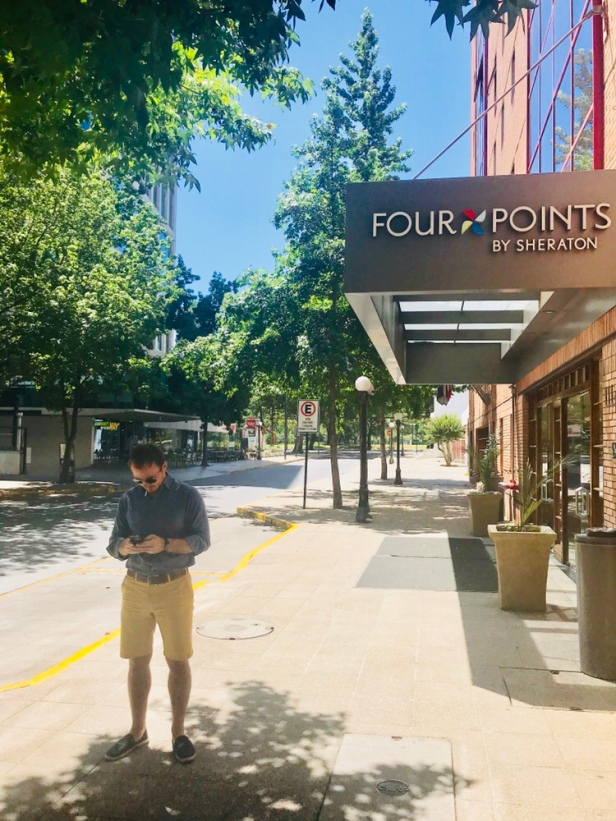
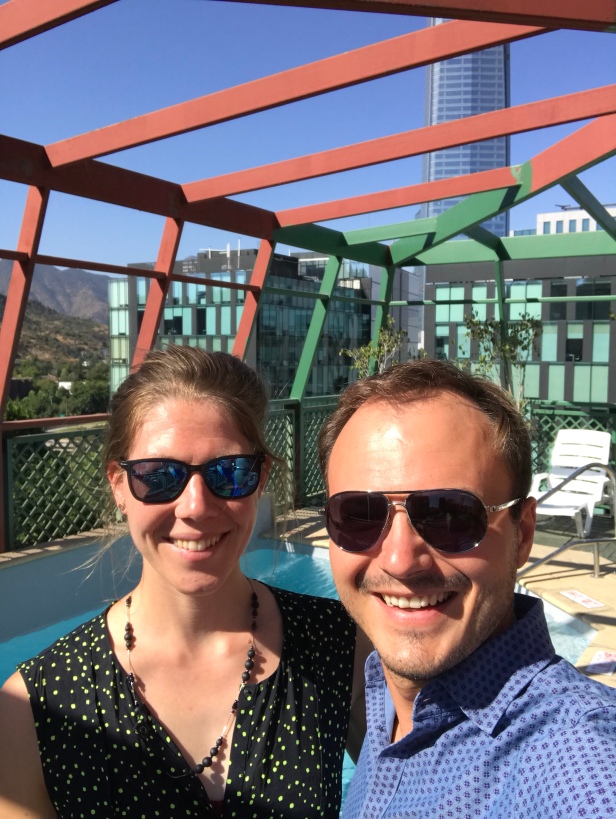

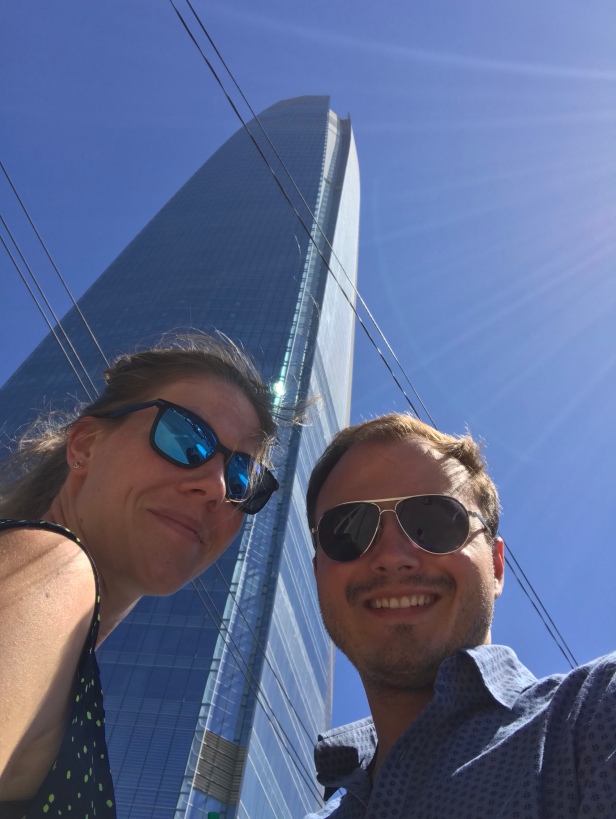

Already on the evening of the 25.12. the impression changed a bit when we moved to the Barrio Brasil which looks like a poor cousin of Berlin’s Kreuzberg: old high-ceilinged buildings, nice hip bars, lots of graffiti, people chatting in parks late into the night. We were happy to join in and even went to a Pizza place with a nice courtyard twice: upon arrival and on our last day in Chile 🙂
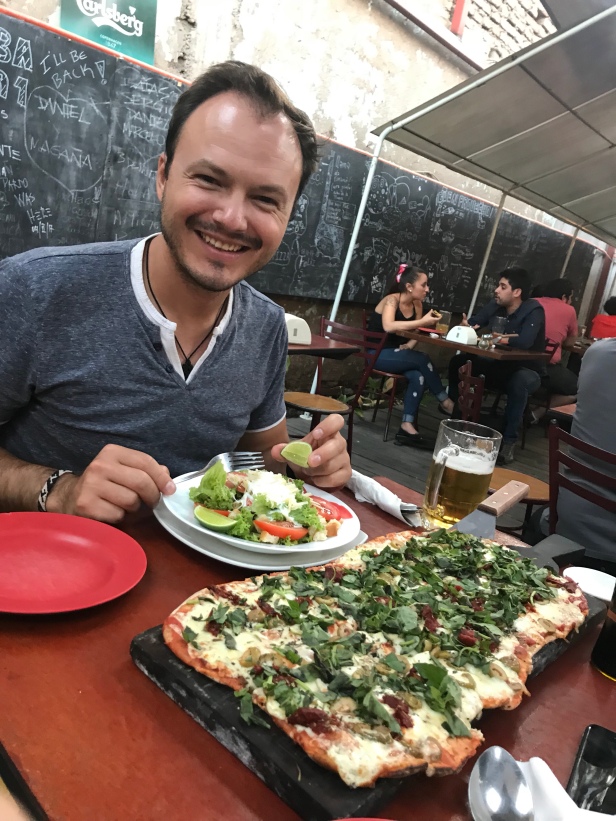


Santiago is really a great place to stay for a couple of days: great food, all museums are free (and at times a bit confusing due to the lack of descriptions of exhibits), many parks and public areas to roam around town.
We even took it a level up and organized a 2-day bicycle trip to the Cajón de Maipo and the Maipo wine valley. The organization was really easy thanks to Chile’s great public transportation system and a bicycle rental in the valley. However, the experience was a bit spoilt by the fact that – at least his part of – Chile is not made for cyclists. There are no special bike lanes or calmer streets. Instead we had 75% of our way alongside trucks, buses, minivans and next to an often littered road side. It is not the best experience when you fear being run over most of the time. But overall we were happy we had done it (even though our behinds hurt quite a bit after ~120km of cycling).




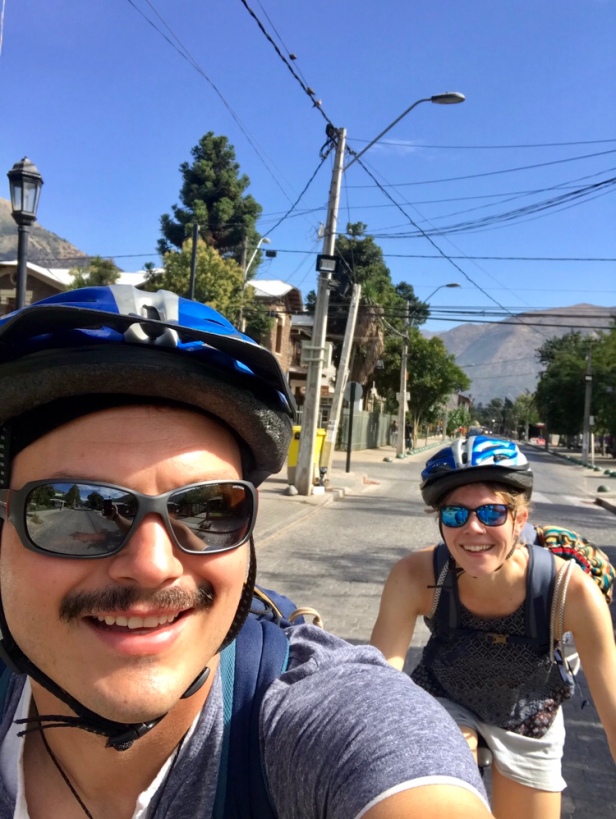
Visiting a couple of wineries is absolutely recommended though. We personally liked the charme of the boutique winery El Principal where we spent 2.5 hours alone with Alexandra Urquieta, the person responsible for tourism. We even visited the vine plants and she told us about the difference of the plants and how the winery uses them to create their three types of wines. The other winery on our schedule was Santa Rita – one of the biggest producers with a production of 80 million bottles – 50 million of which are drunk domestically. The visit was impressive as well, though not personal but in a group of 30 – Disneyland for adults. We were lucky to have found a great hotel for the night as well – La Calma de Rita is really a treat and the bed was in a giant wine barrel 🙂


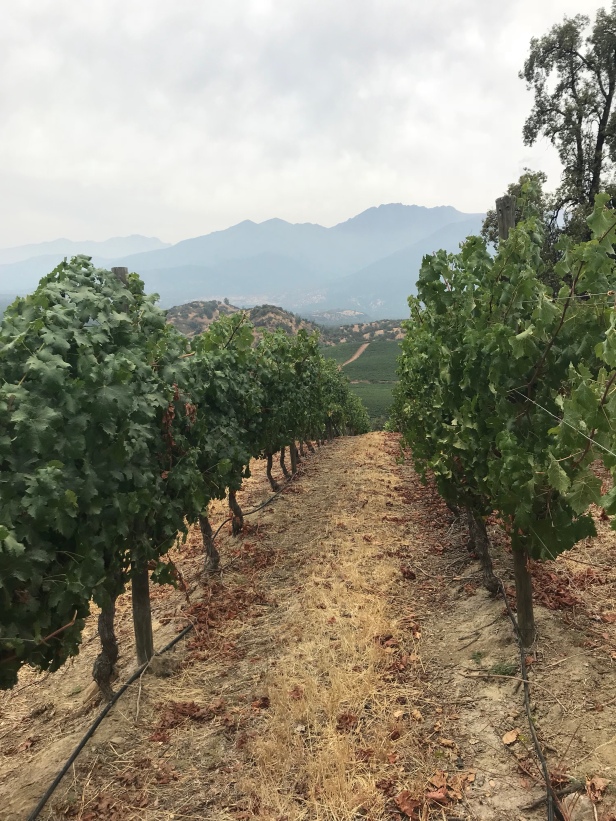


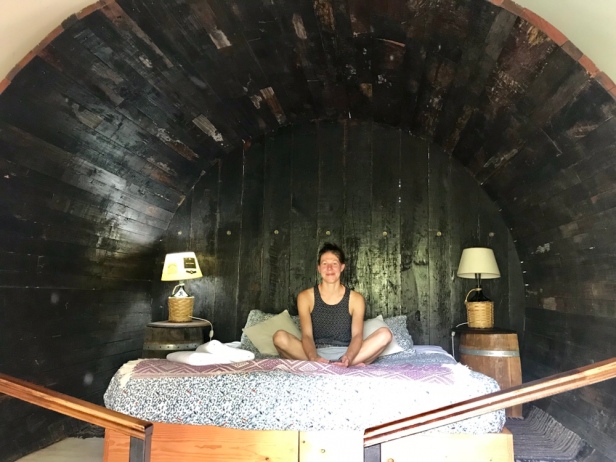




Patagonia: unforgettable nature and exposure to natural elements – tamed by men
Both of us being outdoor persons, this destination simply had to be on our list. Indeed, I (Anna) still remember how impressed I had been by seeing some parts of Patagonia 6 years ago. I can now say that quite a lot has changed since and tourism has increased a lot. The downside: oftentimes reservations for hostels and even park entrances such as Torres del Paine are needed months in advance. However, on the good side: the vastness of Patagonia can still swallow the amounts of tourists well enough so that it’s rare to see crowds, especially if you choose slightly different spots to visit.
The tourist hotspot for nature lovers
There is likely no dispute that Patagonia offers incredible landscapes of grasslands/steppe, rock, and ice. Its vastness offers a wealth of wilderness and is home to many wild animals which we could also see quite up close at various occasions. Our favorites were the curious guanacos, which are a species of wild llamas, and the majestic large birds such as eagles and condors.

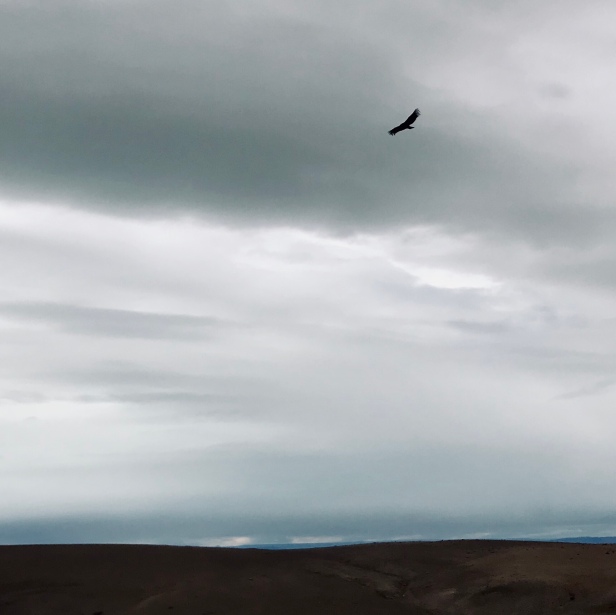

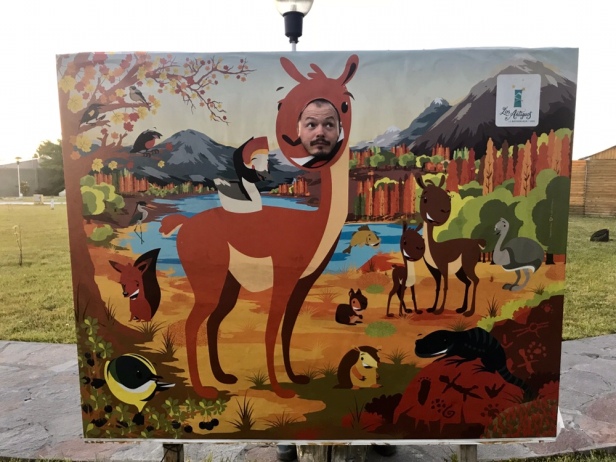
A very nice aspect of Patagonia is also its great variety of activities to pursue outdoors: from day hikes to multi-day treks and with different mediums: on foot, bike, horse or by kayak. Even smaller towns will often offer a rental service or organize something if you are willing to spend the sometimes quite steep prices. We took advantage of hiking, trekking and tried out kayaking. We again followed the “auf eigene Faust” motto as often as possible, which led to unique experiences. Check out those websites for some inspiration:
Alternatives to Torres del Paine




Nature’s theme parks in the south
“There are many tourists, because you need to book in advance.”
Direct quote from a tour operator with a rather funny translation error
Although we never met or noticed crowds of tourists outside, it was evident that some towns faced the limits of their capacity as often hostels and hotels were fully booked and restaurants were crowded. While in Colombia or Peru we could always decide literally on the last minute to, for example, go on a 4-day hike to the ciudad perdida or camp outside Machu Picchu, the phrase for Chile often was: lo siento pero esta lleno – I’m sorry, it’s fully booked – be it for the penguin visits, the glacier tour, the hostel night in El Chaltén, or camp grounds in Torres del Paine. In response, most towns are upgrading their hotel capacities and we saw a lot of ongoing construction efforts for hostels and hotels, for example, in El Chaltén, which seemed to double the available beds in town.
In a way, one reason for this tourism concentration is attributable to how Chile and Argentina chose to “exploit” their natural resource. While the Alps are much smaller in extent, it is easily possible to design hundreds of different hikes, from day hikes to multi-week Alp crossings. No permission is needed and you can sleep in one of many mountain huts. In Patagonia, it will often either be a fully marked trail, with a video session on how to behave in the wilderness at the ranger station included, or an expedition 🙂 It is quite strange that there are few opportunities to “just hike up a mountain”. Even the most obvious “viewing mountains” that pose no great hiking challenge we’re not part of the recommended walking tours. In some regards, it feels like an outdoor theme park: lookout for Fitz Roy this way, for glacier watching follow the red trail, for the green lagoon that way. There is mostly one way to go and a ranger station to control inflow. It reminds of the national parks in the USA.
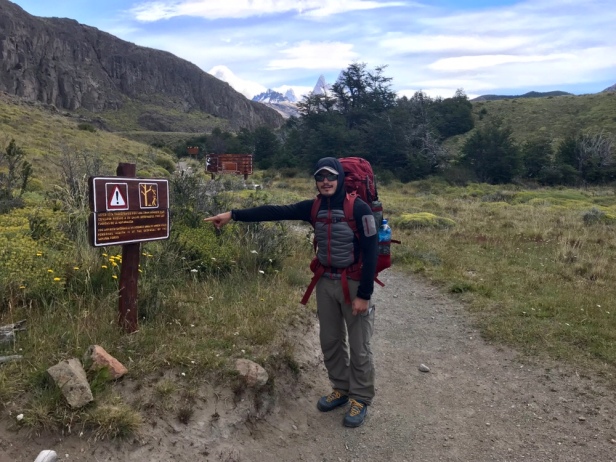

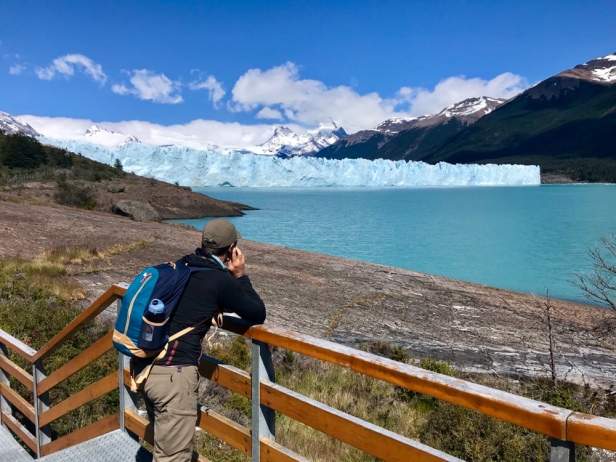
Another reason for this concentration certainly is that a lot of the towns have virtually no real inhabitants – a local told us that 80% of them only stay for 3 months in the summer to work in tourism. That also brings along the fact that travelling Patagonia is not a very cultural experience; there are not a lot of traditional customs or foods – burgers are the international food staple of choice and omnipresent as well as pizza. Steak is the local specialty 🙂


However, it also means it is easy to get in touch with people who work as guides or in hostels and restaurants. Everybody is quite talkative and interested in where you come from. The best experience was a mini bus ride to Coyhaique when literally everybody of the 10 people in the bus, the driver included, asked questions for 2.5 hours. They even let us play Bilderbuch from our iPhone to sample a bit of Austrian music 🙂



The few truly cultural encounters we had were great though: a visit to the fiesta nacional de la cereza (National Cherry Festival) and the Cave drawing in the cueva de las manos.




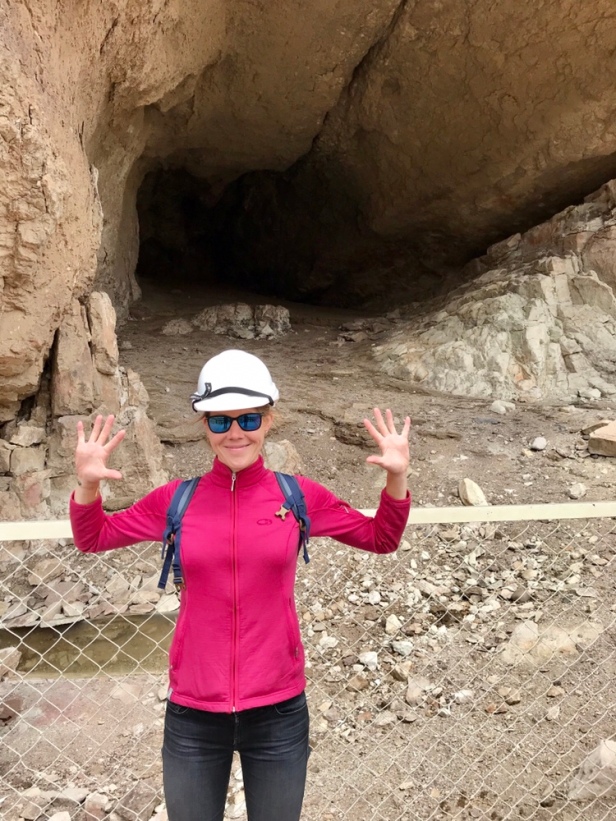



Finally, one has to be aware that one will spend a lot of time on the road – independent of whether one has a rental car or takes the well established bus lines. The region is simply incredibly large. Plus, if you’re unlucky your bus might break down (happened once), requiring you to hitchhike for another ride or – if you travel between Argentina and Chile in your journey through Patagonia – you might find that there are no busses or taxis able to take you across the border so you end up like us -> walking across the border for ~15km before you find someone who is prepared to take you in their car. All in all, you can easily spend a day travelling and yet only getting to about 30km from where you started the in the morning. Here are some of the best-ofs from our bus trips:
- Being alone with 1 Ukrainian on a 50 seats premium bus to El Chaltén on New Year’s Eve


- Crazy 4-hour mini bus ride from Chile Chico to Puerto Rio Tranquilo – with the bus driver stopping every now and then to let us admire the countryside



- The “no bus” situation at the Argentina/Chile border near Los Antiguos – we had to walk for 10 km

Nature’s elements at their extremes
One element needs to be mentioned first in this list. Like burgers, steak, and pizza the Patagonian wind is omnipresent, too. It is crazy how it often seems to come out of nowhere in gusts so strong that they can knock one off one’s feet. Additionally, it changes directions in a second – to always catch you off-guard 😉


Beyond the wind, Patagonia is a great place to see some of the world’s larger ice fields outside of the polar ice caps. We trekked beside them for almost 3 days during our Circuito Huemul hike and were awed by the vastness.



Even before, we had been to El Calafate to visit the impressive Perito Moreno glacier where icebergs falls into the lake of the same name every 15 minutes. The sound of a breaking and crashing iceberg is one of a kind (for a video see our post on FindPenguins). Although this is again more of a theme park with wooden walking boards than a true wilderness reserve, we enjoyed the day.



The last much-contested element is earth – which in Patagonia often comes as hard rock such as granite. While we did not manage to climb anything so steep that it would have required a rope, we nevertheless made it up a couple of peaks (with great views) and trekked through the wild fields with grasses and bushes.


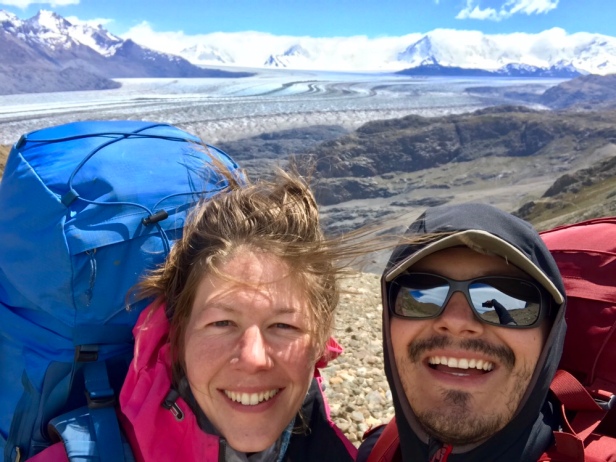



Summary of our itinerary:
- San Pedro de Atacama: relaxing in the oasis (2 days)
- Santiago de Chile: Christmas celebrations and Metropolitan life (3 days)
- Punta Arenas and penguin islands (2 days)
- El Chaltén: Trekking the Circuito Huemul and day hikes, slacklining, as well as waiting for better weather 🙂 (9 days)
- Los Antiguos/Lago Buenos Aires: (2 days)
- Chile Chico/Puerto Rio Tranquilo: (2 days)
- Coyhaique: Northern Patagonian “capital” where we spent some lazy time (3 days)
- Fjords/Puerto Montt: riding on the Navimag ferry to Puerto Montt (2 days)
- Maipo wine valley: biking to different vineyards to sample wines and enjoy the beautiful countryside (2 days)
Goodbye South America, hello South East Asia
Our time in South America has been a wonderful experience – from tropical and exciting Colombia, chilled Ecuador, Inca-laden Peru and fun Bolivia to Chile’s and Argentina’s crown jewel Patagonia – but now it’s time to move on and explore something completely different. We are grateful to have gotten more than just a glimpse at this great continent, are sure to come back some day, but depart now with a longing for new cultures and experience in South East Asia.







Niiiiice 🙂
LikeLike
Love your blog ! Keen to continue following your journey!
LikeLike